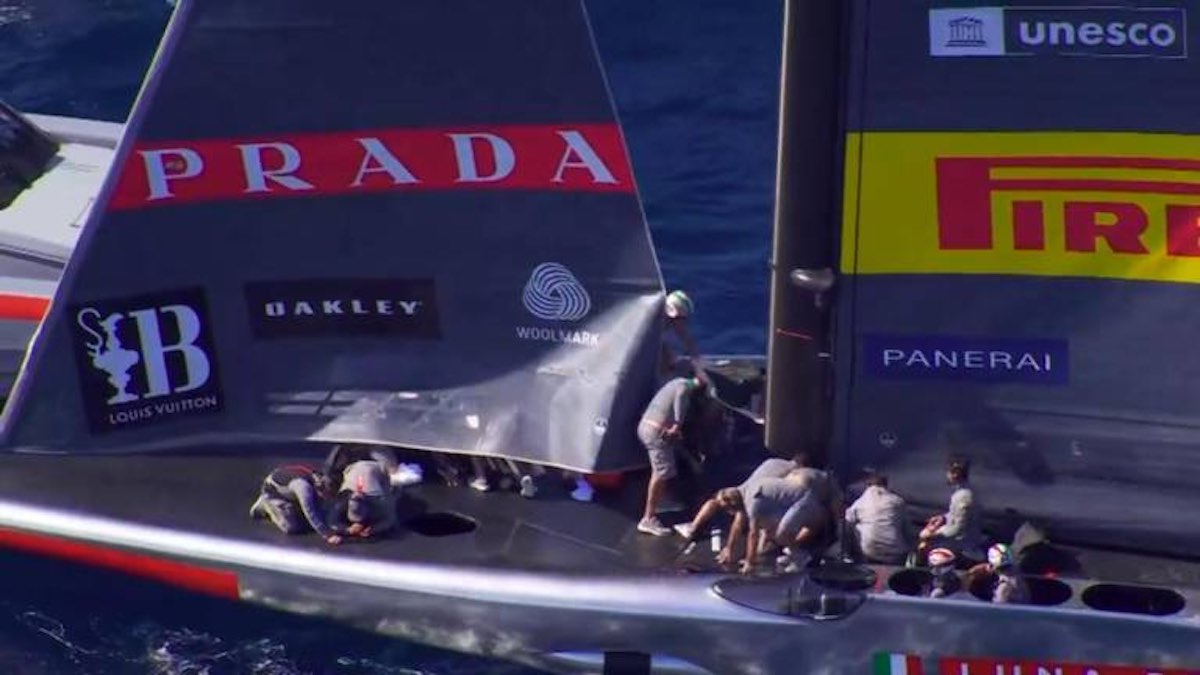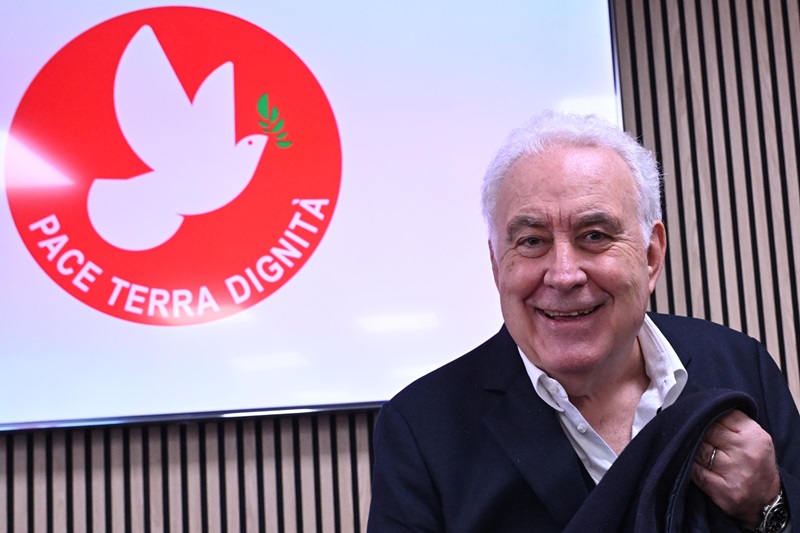The popular shareholding launched by the factory collective of the former Gkn of Campi Bisenzio, in Florence, has crossed the million euro mark. The campaign ended yesterday, Monday September 30, and the promoters are still finishing counting the last requests received, but for the moment – says the factory collective – they are at “1,250,000 euros of reserved shares” . For the moment, there has been no effective purchase of the shares issued by Gff, the cooperative founded by Florentine workers. Rather, it is “reservations of shares, which will only be purchased when the industrial ecological reconversion plan is a reality and which will therefore become obsolete if it does not start”.
Relocation and (illegitimate) layoffs
To understand what prompted the former GKN factory collective to launch a grassroots shareholder campaign, you have to rewind the tape. It all started on July 9, 2021, when the 422 employees of the Campi Bisenzio factory, which produces transmission components for the automotive industry, were fired by email without any notice. Gkn's objective was clear from the start: to close the Florentine factory and relocate production to Poland. A few months later, the Florence labor court ruled that the dismissals were illegitimate. And the workers, the same year, tabled a bill in the House to demand an end to industrial relocations. In December 2021, the Gkn factory was bought by Qf, a company controlled by Francesco Borgomeo, an entrepreneur specializing in industrial conversions. The new owner promises a reindustrialization plan which provides for the reopening of the factory by 2023 and the extension of layoffs until production resumes. There was only one problem: the following year, Qf went into liquidation, which gave rise to further worker protests. The new owner once again requests the collective dismissal of the remaining employees, but once again the procedure is described as illegitimate.
Demonstrations across Italy
The battle of the factory collective of the former GKN of Florence gave rise to a very broad movement, which gave rise to dozens of demonstrations and marches in various Italian cities, all united by a slogan: “Let us rise “. Florentine workers also formed an alliance with young climate activists from Fridays for Future Italia, with whom they began to imagine a new future for the Campi Bisenzio factory. This is how the project was born to create a “socially integrated factory”, capable of breathing new life into the industrial fabric of the city by personally committing to producing some of these key technologies for the ecological transition, starting with photovoltaic and electrical panels. batteries. On the social pages of the former Gkn factory collective, many faces of public figures side with the workers. There is Alessandro Barbero, Luciano Canfora, Zerocalcare, Piero Pelù, Caparezza, Giovanni Storti, Valerio Mastandrea and many others.
Popular property
After nine months without salary and without social safety nets (expiring at the end of 2023), the factory collective decides to launch – through its cooperative GFF – a popular shareholding campaign and issues shares worth one million euros. The campaign ended a few days ago and exceeded the initial objective, gathering the support of 736 individuals and 143 legal entities, including associations, Arci clubs and other local entities. “Those who boycotted reindustrialization from below and our action so far will not have to answer only to us, but to an entire territory,” the factory collective now comments. According to the Florentine workers, the closure of the old GKN “anticipated the frightening crisis of Stellantis and the automobile sector”, but the workers' response gave rise to “one of the most authoritative and perhaps the most interesting at the European level, a case which is already studied in many universities”.
On the cover: A procession of the former Gkn factory collective in Rome, on the occasion of the G20 on October 30, 2021 (ANSA/Giuseppe Lami)


